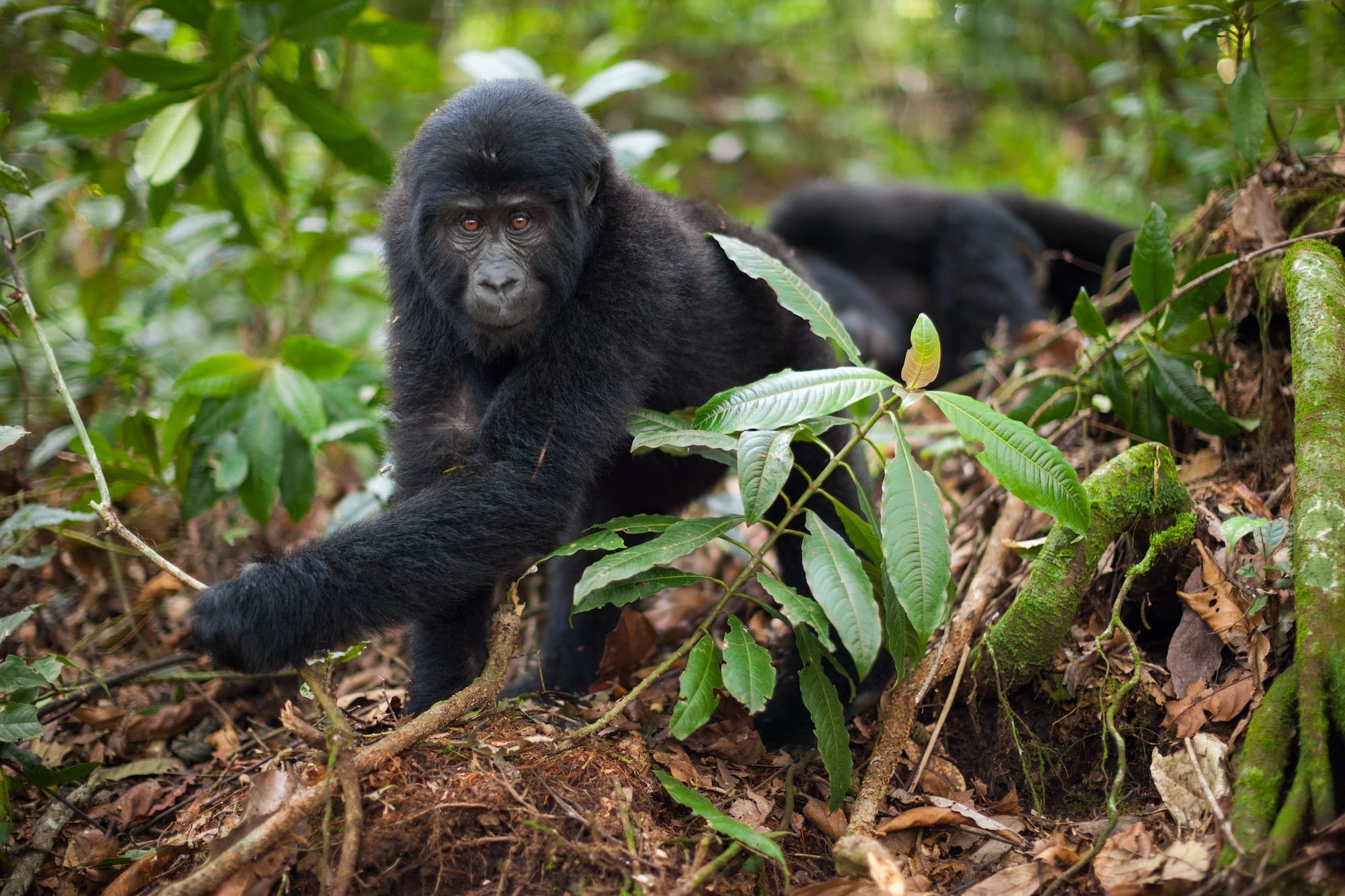Gorilla trekking has emerged as a quintessential wildlife experience, allowing adventurers to immerse themselves in the natural habitats of these majestic creatures. Central to this experience is the Gorilla Trekking Permit, a document that not only grants access to observe mountain gorillas up close but also plays a pivotal role in conservation efforts and community development in regions where these primates thrive.
The Significance of Gorilla Trekking Permits
Gorilla trekking permits serve as more than just a ticket to witness these rare animals in their natural environment. They represent a commitment to conservation, sustainable tourism, and community empowerment. By limiting the number of visitors allowed to track gorillas each day, these permits help mitigate the impact of human presence on the fragile ecosystems where gorillas live.
Conservation Impact
The revenue generated from gorilla trekking permits plays a crucial role in funding conservation initiatives aimed at protecting gorilla populations and their habitats. In countries like Rwanda, Uganda, and the Democratic Republic of Congo (DRC), where mountain gorillas are found, a significant portion of permit fees is allocated to conservation projects, including anti-poaching efforts, habitat restoration, and community education programs.
Furthermore, the presence of tourists in gorilla habitats creates a financial incentive for local communities to preserve their natural heritage. Communities living near gorilla habitats often benefit from tourism revenue through employment opportunities, infrastructure development, and investments in healthcare and education.
Ensuring Sustainable Tourism
To ensure the long-term sustainability of gorilla tourism, authorities in gorilla-hosting countries carefully manage the issuance of trekking permits. Daily quotas are enforced to prevent overcrowding and minimize disturbance to gorilla groups. Additionally, strict guidelines and regulations are in place to govern visitor behavior during gorilla treks, such as maintaining a safe distance from the gorillas, refraining from littering and avoiding the transmission of diseases.
Booking and Planning
Securing a gorilla trekking permit requires advanced planning due to high demand and limited availability. Permits are typically obtained through authorized agencies. In all the three East African countries that offer gorilla trekking, the permits can only be purchased by licensed local tour operators. It is advisable to book permits several months in advance, especially during peak tourist seasons, to ensure availability.
Cost Considerations
The cost of gorilla trekking permits varies depending on the country and the specific park or reserve. While the permit fees may seem high to some, it’s essential to recognize that the revenue generated directly contributes to conservation efforts and community development. Additionally, the once-in-a-lifetime opportunity to observe endangered mountain gorillas in their natural habitat makes the investment worthwhile for many wildlife enthusiasts.
A gorilla trekking permit in Uganda costs $800 per foreign non-resident, $700 for foreign residents, $500 for Africans, and Ugx 300,000 for East Africans. A gorilla trekking permit in Rwanda costs $1500 while a gorilla trekking permit in Congo costs $450.
Gorilla trekking permits serve as a gateway to both adventure and conservation. Beyond offering the chance to witness one of nature’s most incredible spectacles, these permits support critical conservation efforts and contribute to the well-being of local communities.
As travelers set out for their gorilla trekking expeditions, they not only fulfill their own wanderlust but also contribute to the protection of a species on the brink of extinction. In this symbiotic relationship between tourism and conservation, gorilla trekking permits stand out as the main enforcement tool responsible for ensuring that sustainability is observed in all gorilla trekking activities.

